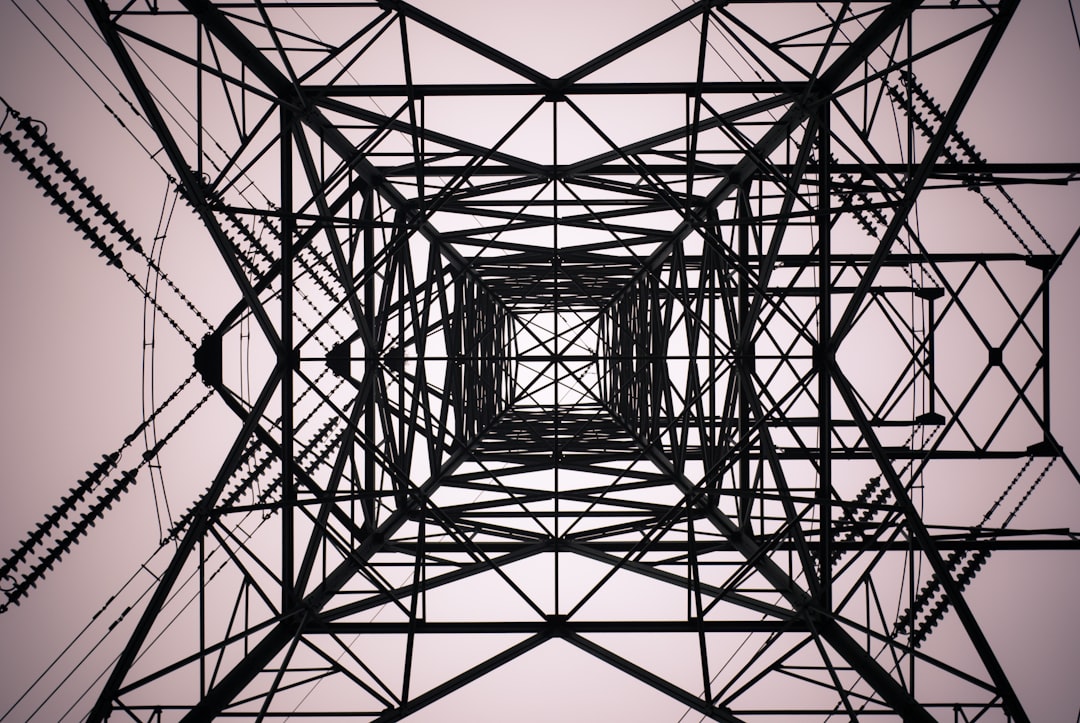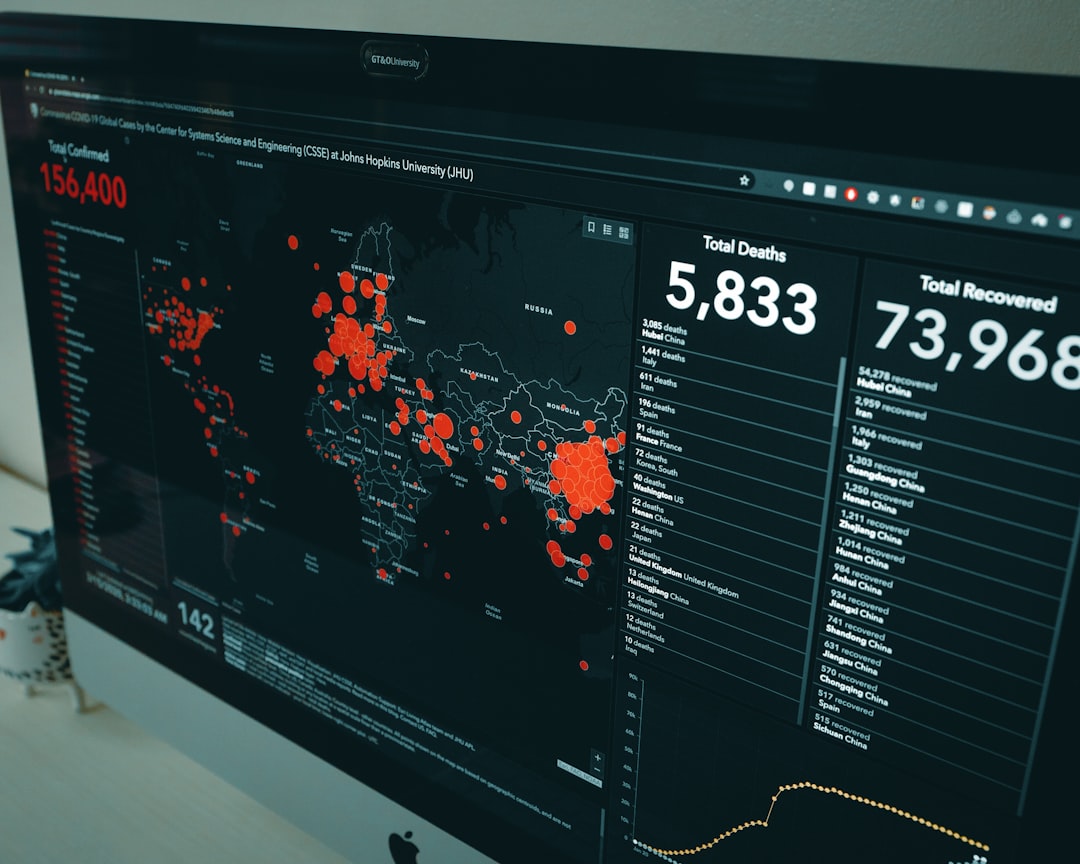What is it about?
This study explores how different heating methods affect germanium (a material used in electronics) that has been infused with selenium atoms. By comparing two techniques—rapid heating and laser heating—the researchers found that each method has unique benefits. Rapid heating helps restore the material’s structure, while laser heating enhances its ability to absorb infrared light. These findings could help improve the performance of devices that use infrared light, such as sensors and cameras.
Featured Image

Photo by Wolfgang Hasselmann on Unsplash
Why is it important?
Our research is pioneering in its comparison of rapid thermal annealing (RTA) and ultrafast laser heating (ULH) on selenium-doped germanium. This is particularly timely as the demand for advanced optoelectronic devices, especially those operating in the short-wavelength-infrared spectrum, is rapidly increasing. By demonstrating that ULH can significantly enhance sub-bandgap absorption while preserving high doping profiles, our findings open new avenues for developing more efficient infrared sensors and cameras. This could lead to significant advancements in various fields, including telecommunications, medical imaging, and environmental monitoring.
Perspectives
Writing this article has been an incredibly rewarding experience, as it allowed me to collaborate with esteemed colleagues who share my passion for advancing optoelectronic technologies. This research is particularly close to my heart because it addresses a critical need for more efficient infrared devices, which have the potential to revolutionize various industries. I hope that our findings will inspire further innovation and contribute to the development of cutting-edge technologies that can benefit society in meaningful ways. More than anything, I hope this article sparks curiosity and excitement about the possibilities of advanced materials in the field of optoelectronics.
Xiaolong Liu
Aalto-yliopisto
Read the Original
This page is a summary of: Impact of post-ion implantation annealing on Se-hyperdoped Ge, Applied Physics Letters, July 2024, American Institute of Physics,
DOI: 10.1063/5.0213637.
You can read the full text:
Resources
Contributors
The following have contributed to this page










